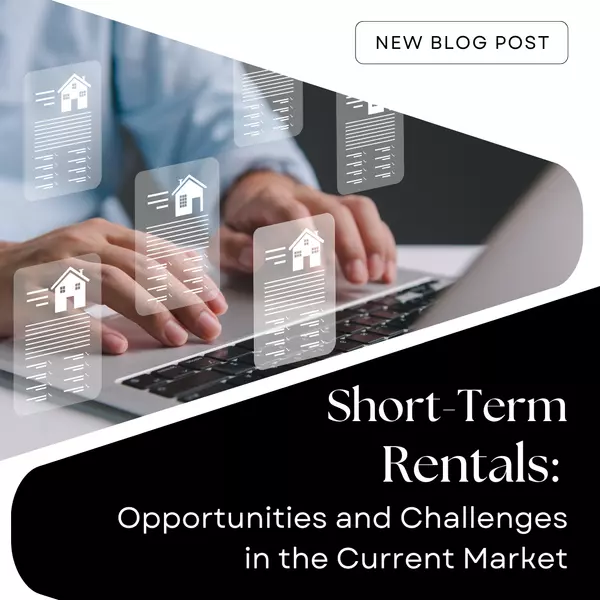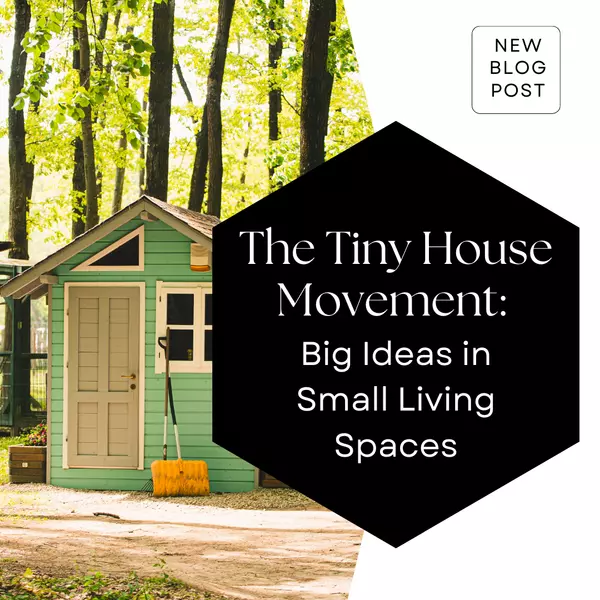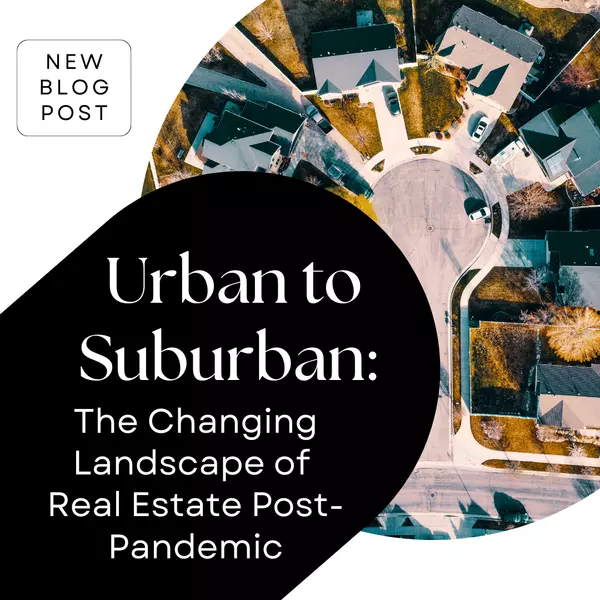The Remote Work Revolution: How It's Reshaping Real Estate Preferences

The Remote Work Revolution: How It's Reshaping Real Estate Preferences
The Rise of Remote Work
Before the pandemic, remote work was a perk offered by a few forward-thinking companies. However, lockdowns and social distancing measures forced businesses to embrace remote work on a large scale. Many organizations discovered that remote work could maintain, or even boost, productivity. As a result, remote work policies have become more permanent, allowing employees the flexibility to work from anywhere.
The Shift to Rural Areas
One of the most noticeable trends is the shift from urban centers to rural areas. City living, with its proximity to workplaces and amenities, lost some of its appeal during the pandemic. The desire for more space, both indoors and outdoors, drove many to consider rural homes. With no daily commute to worry about, the appeal of larger homes with yards, gardens, and quiet neighborhoods has increased.
Demand for Home Offices
As remote work continues, the need for dedicated home office spaces has surged. Homebuyers now prioritize properties with extra rooms or flexible spaces that can be converted into offices. A spare bedroom, a finished basement, or even a well-designed nook can serve as a productive workspace. Additionally, high-speed internet connectivity has become a non-negotiable requirement, making rural areas with robust internet infrastructure more attractive.
Flexibility in Location
Remote work has untethered employees from specific geographic locations, allowing them to choose homes based on lifestyle preferences rather than proximity to the office. This flexibility has led to a rise in demand for homes in picturesque locations, such as coastal towns, mountain regions, and other scenic areas. The opportunity to live in a dream location while maintaining a career has become a reality for many.
Impact on the Rental Market
The remote work trend has also affected the rental market. With fewer people needing to live near their workplaces, there's been a decrease in demand for rental properties in some urban areas. Conversely, rental markets in rural areas have seen an uptick in interest. Landlords and property managers in these regions are now capitalizing on the increased demand by offering amenities that cater to remote workers, such as high-speed internet and communal workspaces.
Changes in Home Design
The shift to remote work has also influenced home design trends. Open floor plans, once highly sought after, are now being reconsidered. While open layouts facilitate family interaction and a sense of spaciousness, they can be challenging for remote work due to noise and distractions. As a result, there’s a growing preference for homes with defined spaces that can serve multiple functions, including separate work areas.
Sustainable Living and Energy Efficiency
Remote work has heightened awareness of sustainability and energy efficiency. With people spending more time at home, energy-efficient appliances, solar panels, and sustainable building materials have become more desirable. Homebuyers are increasingly looking for properties that not only reduce their environmental footprint but also lower utility costs over the long term.
The Role of Technology
Technology plays a crucial role in the remote work era, and its influence extends to real estate. Smart home features, such as automated lighting, climate control, and security systems, are becoming essential for those working from home. These technologies enhance convenience, security, and energy efficiency, making homes more attractive to tech-savvy buyers.
The Future of Urban Living
While the remote work trend has driven many away from cities, urban living is far from obsolete. Cities are adapting to these changes by reimagining their spaces to meet the evolving needs of residents. Urban planners and developers are focusing on creating mixed-use developments that combine residential, commercial, and recreational spaces. These areas aim to provide the convenience of city living with the added benefit of more green spaces and outdoor areas.
Conclusion
The remote work revolution has significantly reshaped real estate preferences, creating new opportunities and challenges for homebuyers, renters, and real estate professionals. The desire for more space, flexibility in location, and dedicated home offices are just a few of the trends driving this transformation. As remote work continues to be a significant part of our lives, the real estate market will undoubtedly evolve to meet the changing needs and preferences of those who work from home. Whether you're considering a move to a rural area, looking for a home with a dedicated office, or exploring rental options in scenic locations, the remote work revolution offers exciting possibilities for the future of living and working.
Recent Posts










GET MORE INFORMATION


